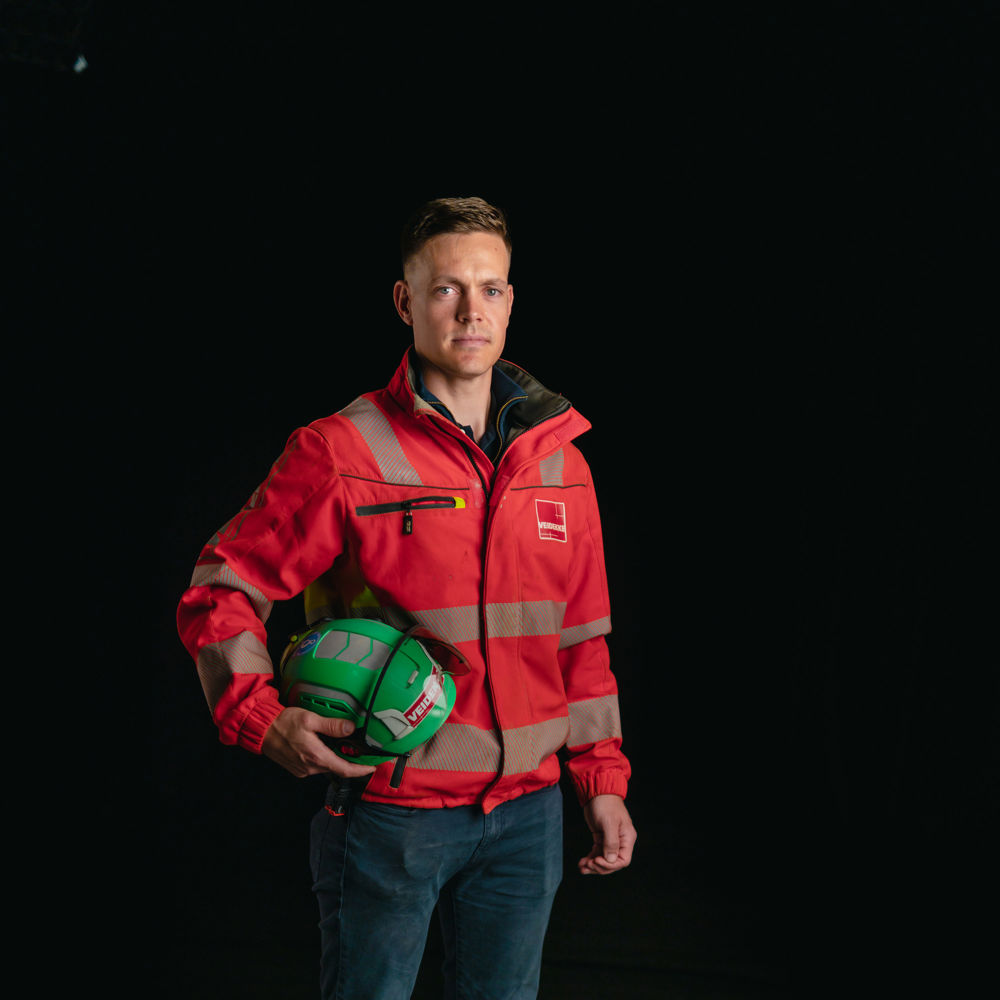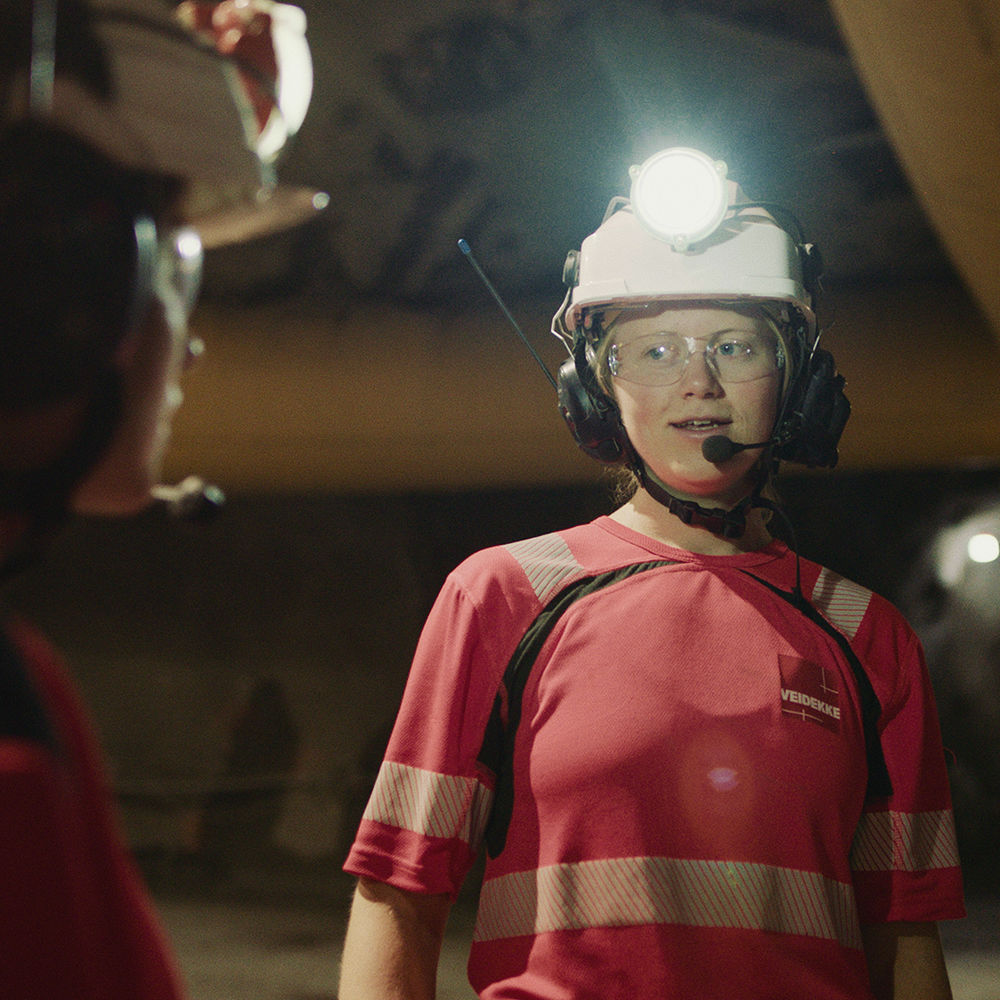
Watch the HSE film here
Download the materials for HSE Week 2023 here.

Many of the accidents in the construction industry occur in the same situations.

It can be useful to know which situations are the most dangerous and think through what we should do to minimise the risk of accidents. Dangerous situations can occur anywhere, so the use of safety equipment, respect for barriers and being aware and paying attention to what is happening around us are essential.
There are six major hazard areas in the construction industry.
A tidy workplace is an important measure when it comes to preventing accidents involving falling objects. Equipment and materials just lying around are always a hazard when working at heights. When we lift large and heavy things, we may be more alert and observant, but it is easier to forget hand tools or small things. Make sure you keep things tidy, don’t leave things in places where they can fall down. Think of everyone working below you, and think about where we have safe zones. Respect barriers, secure loads that are to be lifted and never walk underneath loads while they are being lifted.
A simple rule is that if you can’t see the driver of the vehicle, the driver can’t see you either. Stop at a safe distance and wait for eye contact and a signal that you have been seen. You can then enter the area in which the machine is operating. Both for machine operators and everyone working in the vicinity, it is important to remember that we have blind spots. Take special care when reversing, use an assistant and make sure that the reversing camera and audio signal are working.
It is important to be careful when working with electricity, and always take time to get an overview of where there is electricity. Keep track of electrical equipment and keep your workplace tidy. Always check that electrical equipment is in working order and ensure good maintenance.

Blasting work should always be carried out according to the predetermined plan. If changes occur, the work must be stopped and risk assessed. It is especially important that communication with everyone on the building or construction site works well, and that the necessary information is clear and understood. Safety work must always follow agreed procedures. It is important to have a tidy workplace. When blasting has been carried out, checks must always be made ensuring that no undetonated explosives are left.
There is a lot to keep an eye on during a hectic workday, and your attention is not only about what you do, but also about everything that happens around you. When working at heights, it is natural that one is careful. But a surprising number of fall accidents also happen from lower heights. In such cases, we do not consider the risk to be as high, even though falls from low heights can also cause major injuries. Staying focused, using fall protection and respecting barriers are the most important things you can do to avoid falls from a height.
To avoid being crushed or trapped, it is important to have an overview of the situation, and always have a way out or a safe escape route if something should go wrong. In order to avoid getting into situations where you may get crushed, it is important to analyse what can go wrong and how you can position yourself to avoid it becoming a dangerous situation.

Download the materials for HSE Week 2023 here.

– Few workplaces require more of a person than those in the construction industry”, says psychologist Peter Strassegger.

Questions and answers about this year’s HSE week campaign.